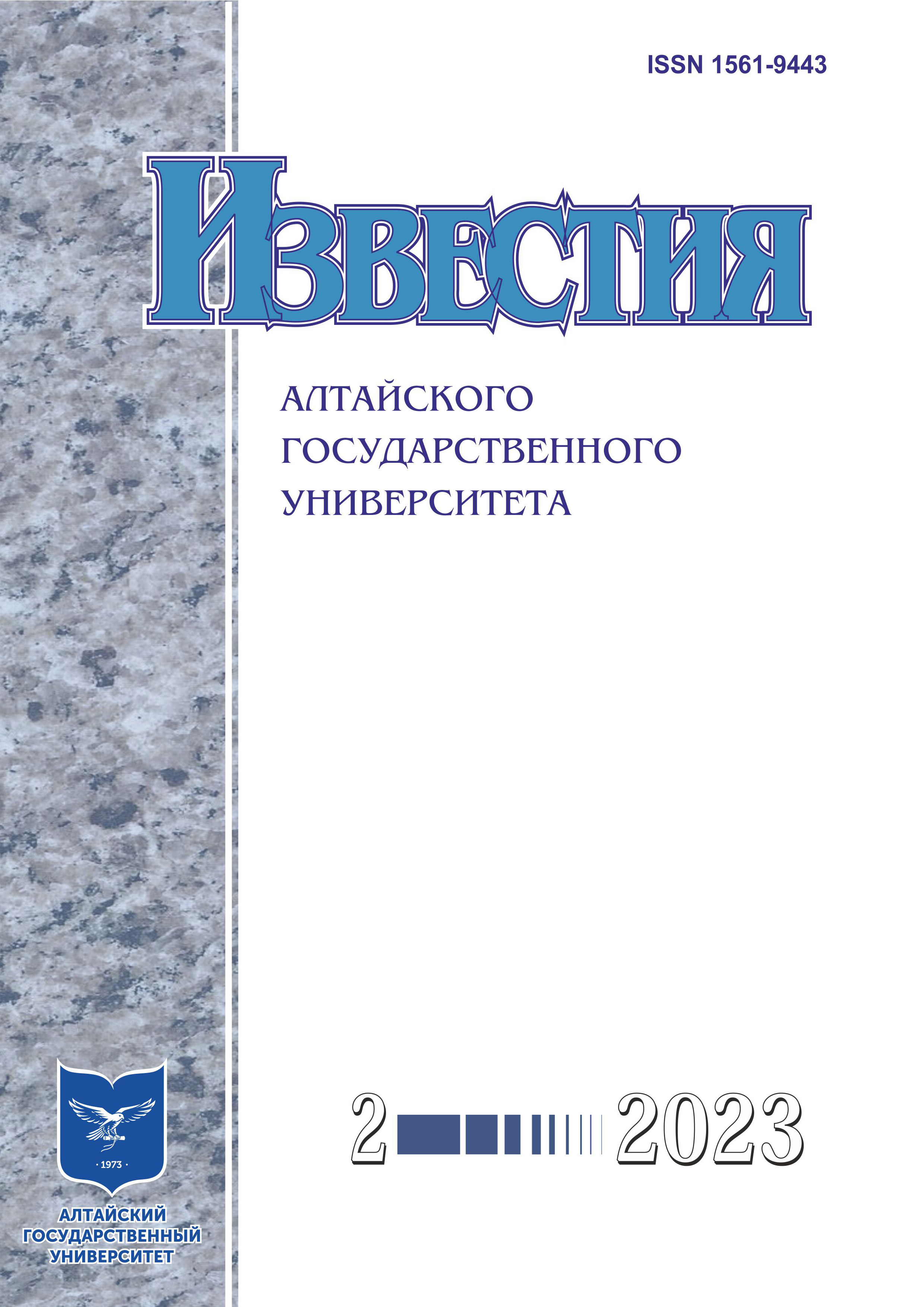Jerome of Stridon about Influential Nuns in the Christian Church
УДК 94(3) ББК 63.3(0)323
Abstract
The article is devoted to the analysis of the influence of women-ascetics as described by Jerome of Strydon, whose epistolary heritage together contains the greatest number of letters addressed to women. It is established that the main means of influence are financial resources, the use of which allows the nuns — Fabiola, Paula, Lea — to realize their power in various aspects. The author concludes that in addition to maintaining the material well-being of the monastic communities as a whole, the influence of individual nuns is manifested in their ability to influence the gender composition of monasticism: by creating male and female monasteries in the Holy Land, women ensured that their sisters in faith had access to Christian shrines on an equal footing with men. The work also points out that by patronizing the monasteries, the centers of intellectual activity, and individual church writers, nuns had some influence on theological life. In addition, the author emphasizes that in founding a monastery a woman vested some authority in herself, allowing her to regulate both the relationships within the community and the external interactions.
Downloads
Metrics
References
Letters of St. Jerome / Translated by WH. Fremantle, G. Lewis and W.G. Martley. From Nicene and Post-Nicene Fathers, Second Series, Vol. 6. Edited by Philip Schaff and Henry Wace. (Buffalo, NY: Christian Literature Publishing Co., 1893.) Revised and edited for New Advent by Kevin Knight. URL: http://www.newadvent.org/fathers/3001.html.
Блаженный Иероним Стридонский. Письма / сост. А. Войнова. М., 2020.
Cavallera F. Saint Jerome. Paris, 1922.
Фокин А.Р. Блаженный Иероним Стридонский: библеист, экзегет, теолог. М., 2010.
Kelly J. N. D. Jerome: His Life, Writings, and Controversies. N.Y., 1975.
Ананьева O.A. Христианское монашество в поздней античности и Иероним Стридонский : автореф. дис. ... канд. ист. наук. Саратов, 2013.
Литовченко Е.В. Позднеантичная эпистолография в контексте медиевализации культурного континуитета на латинском Западе (IV-VI вв.): дис. ... д-ра ист. наук. Белгород, 2021.
Диесперов А. Блаженный Иероним и его век. М., 2002.
Амман А. Путь отцов. Краткое введение в патристику : пер. с фр. М., 1994. URL: https://azbyka.ru/otechnik/ Ieronim_Stridonskij/ieronim/.
Ананьева O.A. Иероним Стридонский и распространение женского монашества на Западе Римской империи // Старая и новая Европа: государство, политика, идеология. Вып. 4. М., 2009.
Дьяченко Г.В. Переписка блаженного Иеронима с римскими женщинами: личность адресатов и основные темы // Сборник студенческих научных работ. М., 2011.
Cain A. The Letters of Jerome. Asceticism, Biblical Exegesis, and the Construction of Christian Authority in Late Antiquity. Oxford, 2009.
Палладий, еп. Елеонопольский. Лавсаик, или Повествование о жизни святых и блаженных отцов / пер. с греч. Евсевия Орлинского. М., 2013.
Геронтий. Житие прп. Мелании / пер. Т.Л. Александровой // Вестник Православного Свято-Тихоновского Гуманитарного университета. 2015. Вып. 3 (43).
Jones A. H. M. Fabiola // Prosopography of the Later Roman Empire. Cambridge, 1980. Vol. II. URL: https:// archive.org/stream/prosopography-later-roman-empire/ PLRE-II_djvu.txt.
Brown P. The Body and Society: Men, Women, and Sexual Renunciation in Early Christianity. N.Y., 1988.
Кулькова Н.А. Руфин Аквилейский и его время // Вестник ПСТГУ Серия III: Филология. 2009. Вып. 4 (18).
Jones A. H. M. Paula // Prosopography of the Later Roman Empire. Cambridge, 1980. Vol. II. URL: https:// archive.org/stream/prosopography-later-roman-empire/ PLRE-II_djvu.txt.
Whiting M. Asceticism and Hospitality as Patronage in the Late Antique Holy Land: The Examples of Paula and Melania the Elder // Female Founders in Byzantium and Beyond. 2011/2012. Bd. LX / LXI.
Jones A. H. M. Lea // Prosopography of the Later Roman Empire. Cambridge, 1980. Vol. II. URL: https:// archive.org/stream/prosopography-later-roman-empire/ PLRE-II_djvu.txt.
Рышковская А.Ю., Болгов Н.Н. К истории женского монашества на ранневизантийском Востоке (Египет) // Проблемы истории, филологии, культуры. 2014.
Copyright (c) 2023 Елизавета Витальевна Анохина

This work is licensed under a Creative Commons Attribution 4.0 International License.
Izvestiya of Altai State University is a golden publisher, as we allow self-archiving, but most importantly we are fully transparent about your rights.
Authors may present and discuss their findings ahead of publication: at biological or scientific conferences, on preprint servers, in public databases, and in blogs, wikis, tweets, and other informal communication channels.
Izvestiya of Altai State University allows authors to deposit manuscripts (currently under review or those for intended submission to Izvestiya of Altai State University) in non-commercial, pre-print servers such as ArXiv.
Authors who publish with this journal agree to the following terms:
- Authors retain copyright and grant the journal right of first publication with the work simultaneously licensed under a Creative Commons Attribution License (CC BY 4.0) that allows others to share the work with an acknowledgement of the work's authorship and initial publication in this journal.
- Authors are able to enter into separate, additional contractual arrangements for the non-exclusive distribution of the journal's published version of the work (e.g., post it to an institutional repository or publish it in a book), with an acknowledgement of its initial publication in this journal.
- Authors are permitted and encouraged to post their work online (e.g., in institutional repositories or on their website) prior to and during the submission process, as it can lead to productive exchanges, as well as earlier and greater citation of published work (See The Effect of Open Access).








